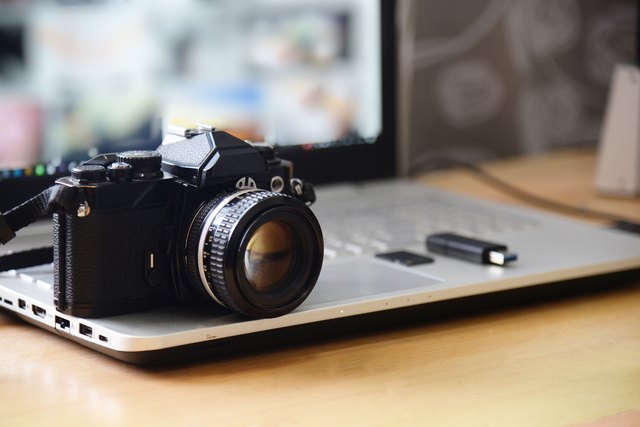

This said, Boinx recommends periodic saves to avoid the loss of an entire sequence of frames, since the software does not write a sequence to disk as a movie file until the user stops a recording session and manually saves it. All of the test machines, including this one, are running Panther. What's more, I'm sitting out on the back terrace in steamy Jakarta (current temp 32 C), connected to the net via AirPort Extreme at the blazing dial-up speed of 56k. In several hours of testing, iStopMotion performed flawlessly on a variety of machines-a G5 DP, a 17" G4 Powerbook, and two older G4 Powerbooks, including the one I'm using now to simultaneously write this article in Word, check email with Entourage, refer to the Boinx website using Safari, and record all of the above at 1 frame every ten seconds with iStopMotion. Both were recorded with a Logitech USB webcam at an interval of 1 frame every ten seconds, with a playback rate of 15 fps. For a proverbially quick-'n'-dirty example, check out the time-lapse recordings I did while writing this article. IStopMotion will accept any video input recognized by Quicktime 6 in OS X, including garden-variety, USB webcams. Similarly, "Blink" alternately flashes the current, live image and the immediately previous image at a user-set interval as another aid to judging the next object or camera movement. And since the current, live image is also present in the frame, the animator can accurately make fine adjustment to objects within the frame, or move the camera incrementally along its tracking (or zoom) shot, without worrying that the change between frames won't synchronize with what he shot earlier. This gives the animator a precise means of estimating his next move. The most useful control is "Onion skinning," the ability to look back at up to five previous frames, each superimposed in decreasing opacity. The mere ability to write to disk a single frame at user-set intervals-such as within iMovie-would have been a decent achievement, but iStopMotion provides tools far beyond those traditionally available to celluloid-shackled animators or iMovie users. The boys at Boinx evidently looked at a DV camera, looked at a computer, stared very carefully at the Firewire cable linking them, and cried, "Ah-zo! Why record to tape when you can record directly to a hard drive?" Even if a given camera were capable of true, single-frame shooting, imagine the drum hours multiplying as you slog through two months of exacting claymation moves. There's also the wear-and-tear on the camera's tape transport system and recording heads to consider.

Typically a camera will record 5 to 30 frames at once, far too many to achieve smooth stop-motion effects. While certain Mini-DV cameras offer variations of stop-motion/time-lapse capability, none to my knowledge is capable of true, single-frame shooting.

If you've dreamed of creating your own claymation world ala Wallace and Gromit, or compressing the effects of three months of winter on your backyard into 30 seconds, read on. Yet their solution goes far beyond the constraints of traditional stop-motion photography, in which a single frame is shot, objects are slightly moved in the frame, another frame is shot, and so on, to simulate live action. IStopMotion is the brain-child of two live-action animators in Munich who longed to be able to do in video what they had achieved as kids in Super8. It was during such idle trolling of the net that I stumbled across iStopMotion, an outstanding application from Boinx Software that so completely fills its niche that it's tough to imagine how it could be improved. No longer do we need fear crashing Final Cut by firing-up the web browser for an alternative view to the render bar's glacial progress. 408 to love OS X: It permits entertainment while rendering. OS X and Quicktime 6 or higher - USB or Firewire input and camera.


 0 kommentar(er)
0 kommentar(er)
